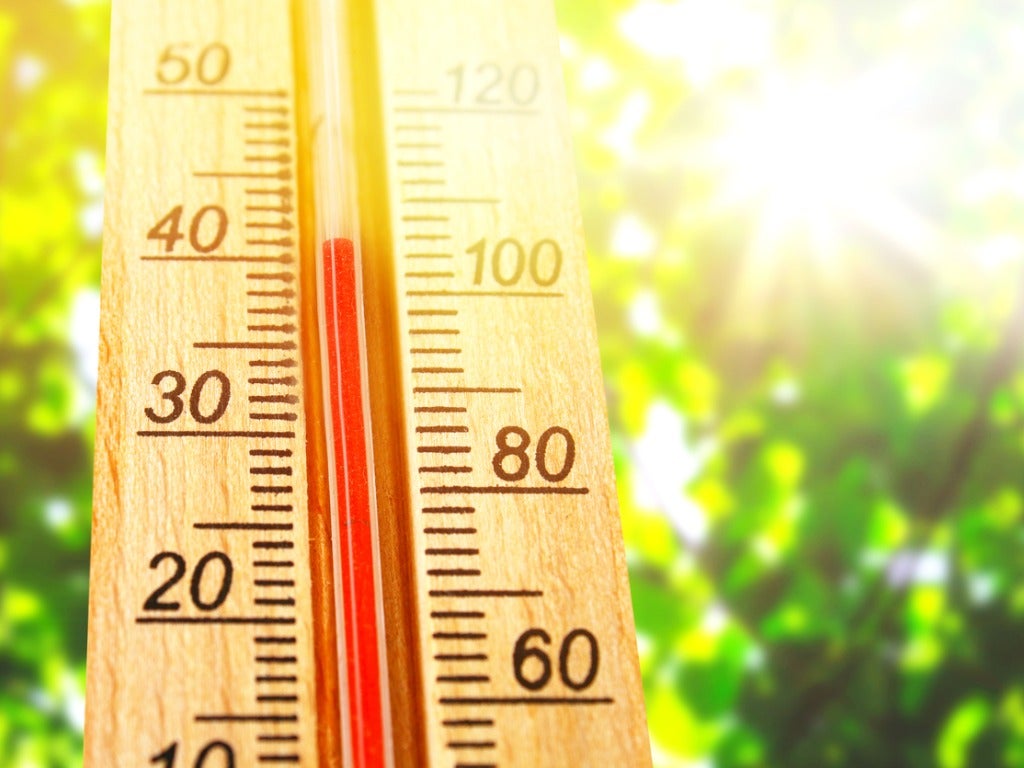Heat Zone Map Info – What Do Heat Zones Mean Anyway


Weather temperatures are among the most important factors in determining whether a plant thrives or dies in a particular setting. Almost all gardeners have the habit of checking a plant’s cold hardiness zone range before installing it in the backyard, but what about its heat tolerance? There is now a heat zone map that can help you make sure your new plant will survive summers in your area too.
What do heat zones mean? Read on for an explanation, including tips, on how to use heat zones when selecting plants.
Heat Zone Map Info
For decades gardeners have used cold hardiness zone maps to figure out whether a particular plant can survive winter weather in their backyard. The USDA put together the map dividing the country into twelve cold hardiness zones based on the coldest recorded winter temperatures in a region.
Zone 1 has the coldest average winter temperatures, while zone 12 has the least cold average winter temperatures. However, USDA hardiness zones do not take summer heat into account. That means that while a particular plant’s hardiness range may tell you that it will survive your region’s winter temperatures, it does not address its heat tolerance. That’s why the heat zones were developed.
What Do Heat Zones Mean?
Heat zones are the high-temperature equivalent of cold hardiness zones. The American Horticultural Society (AHS) developed a "Plant Heat Zone Map" that also divides the country into twelve numbered zones.
So, what are heat zones? The map’s twelve zones are based on the average number of “heat days” per year - days that temperatures rise above 86 F. (30 C.). The area with the least heat days (less than one) is in zone 1, while those with the most (more than 210) heat days are in zone 12.
How to Use Heat Zones
When selecting an outdoor plant, gardeners check to see if it grows in their hardiness zone. To facilitate this, plants are often sold with information about the range of hardiness zones they can survive. For example, a tropical plant might be described as thriving in USDA plant hardiness zones 10-12.
Gardening tips, videos, info and more delivered right to your inbox!
Sign up for the Gardening Know How newsletter today and receive a free copy of our e-book "How to Grow Delicious Tomatoes".
If you are wondering how to use heat zones, look for heat zone information on the plant label or ask at the garden store. Many nurseries are assigning plants heat zones as well as hardiness zones. Remember that the first number in the heat range represents the hottest area the plant can tolerate, while the second number is the lowest heat it can tolerate.
If both types of growing zone information are listed, the first range of numbers is usually hardiness zones while the second will be heat zones. You’ll need to know where your area falls on both the hardiness and heat zone maps to make this work for you. Select plants that can tolerate your winter cold as well as your summer heat.

Teo Spengler is a master gardener and a docent at the San Francisco Botanical Garden, where she hosts public tours. She has studied horticulture and written about nature, trees, plants, and gardening for more than two decades. Her extended family includes some 30 houseplants and hundreds of outdoor plants, including 250 trees, which are her main passion. Spengler currently splits her life between San Francisco and the French Basque Country, though she was raised in Alaska, giving her experience of gardening in a range of climates.
-
 Looking For Plants To Give You The Soft And Fuzzies? Try These 5 Fuzzy Leaf Plant Options
Looking For Plants To Give You The Soft And Fuzzies? Try These 5 Fuzzy Leaf Plant OptionsLovers of texture, drama, silver foliage and tactile plants will adore these special sensory garden additions. These fuzzy leaf plant options will leave you all aglow
By Susan Albert
-
 Get Ready For A Summer Of Hummers! Grow These Full Sun Hummingbird Plants and Flowers
Get Ready For A Summer Of Hummers! Grow These Full Sun Hummingbird Plants and FlowersIf you’re lucky enough to enjoy a sunny backyard, make sure you are maxing out on your pollinator opportunities and grow these full sun hummingbird plants and flowers
By Tonya Barnett